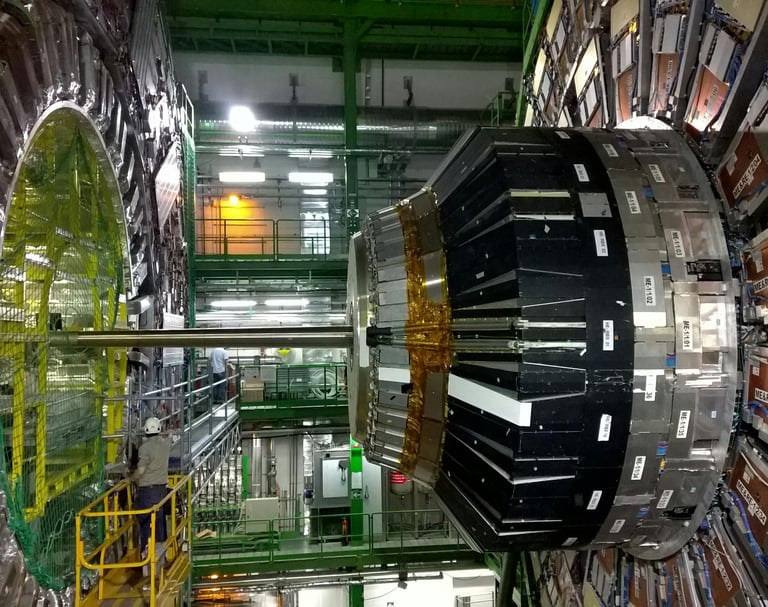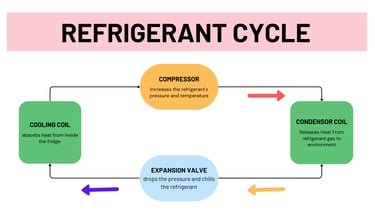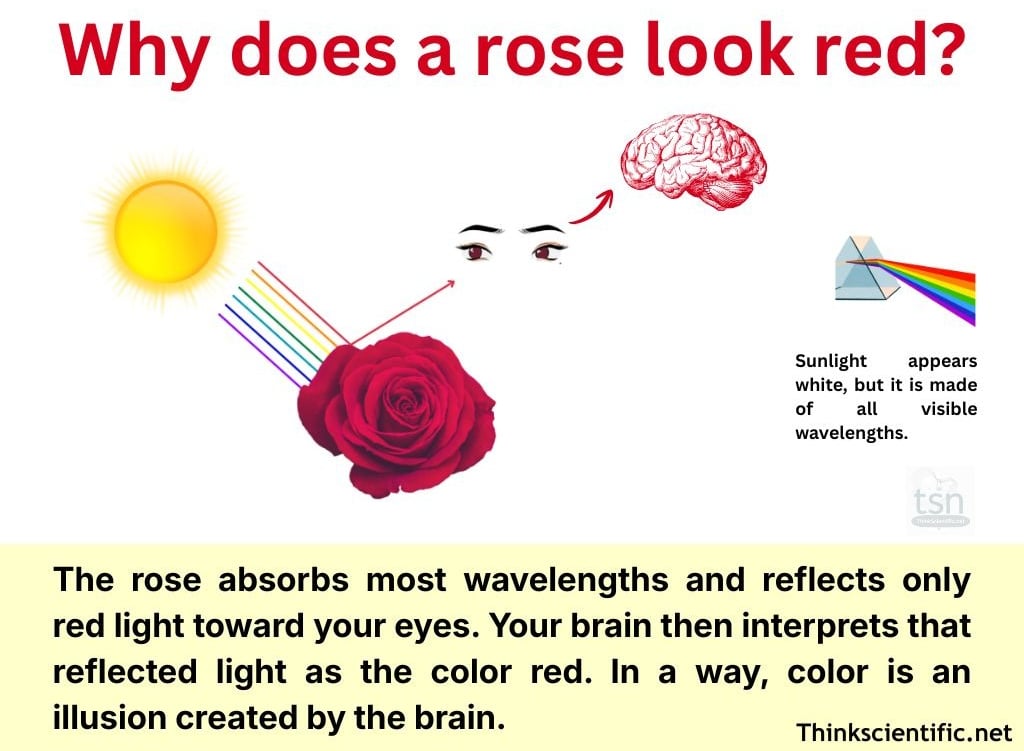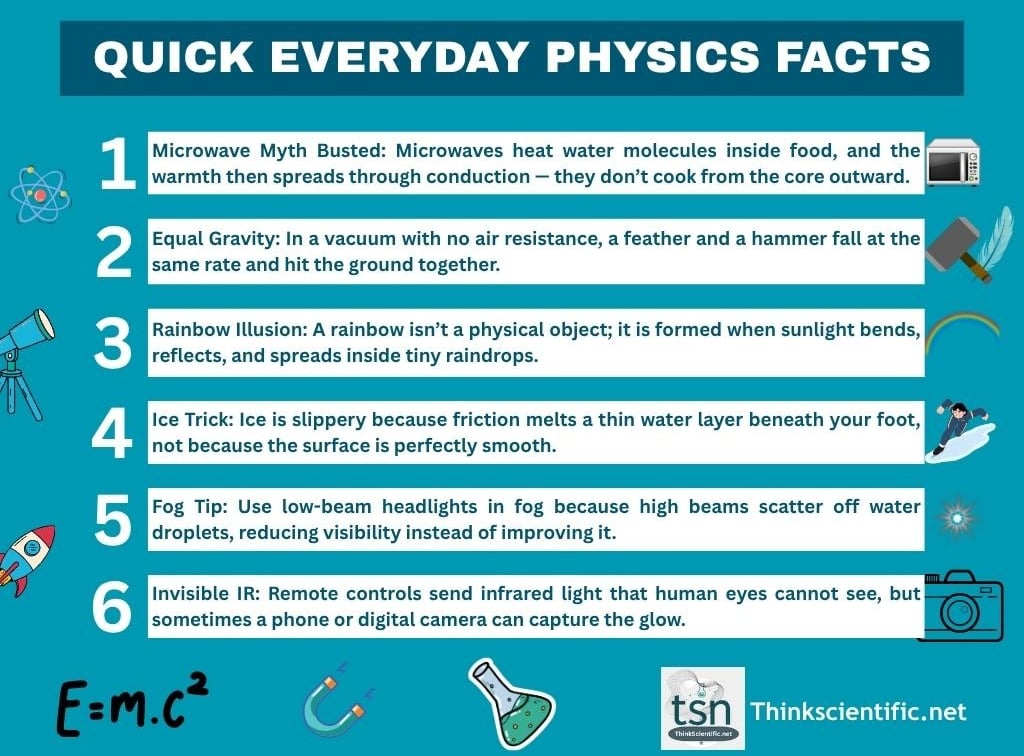Physics in Daily Life: The Hidden Science Behind Common Things You Do
Learn how physics works in daily life with real-world examples. Understand concepts like heat transfer, friction, pressure, refraction, and energy transformation.
SCIENCE FACTSBLOG
11/17/20256 min read
When we look into the universe, physics is everywhere. It is this physics that brings major changes and drives the world. One could say it is the language of the universe. It solves many mysteries of the world and introduces us with many modern technologies such as Quantum computers, satellites, GPS, and Nuclear energy.
However, the beauty of physics is not only found in advanced formulas, laboratories, or modern machines. It touches every corner of our daily life, starting from walking and cooking to how we cool our bodies and protect our eyes from the sun’s radiation. Yet, the majority of us never really stop to appreciate the wonders it has created. Understanding the basic principles of motion, heat transfer, light, energy, and pressure helps us to more deeply appreciate the world. In this article, we will explore some common real-life examples of physics.




How Refrigerators Work: Keeping Your Food Cold
Refrigerators use the concept of thermodynamic energy transfer. They are not actually generating coolness; instead, they remove heat (thermal energy) from within the appliance and release it into the external environment. The process begins when heat (thermal energy) is absorbed from the food compartment by a refrigerant fluid circulating within the coils. A compressor then compresses the refrigerant to increase its pressure and thereby increase its temperature above the outside temperature. The refrigerant is then circulated through coils on the back of the refrigerator, where the heat is released to the outside air. This is the reason for the warmth in the back of your refrigerator. Finally, an expansion valve decompresses the refrigerant, making it cool and ready to absorb heat again.


Why Coffee Cools Faster in a Metal Cup
You might have seen that hot coffee cools more quickly in a steel cup than a ceramic. This happens because metal is a good conductor of heat and it quickly transfers heat from the coffee to the outside air. But in a ceramic cup, the heat cannot pass through for a comparatively long time, as it is a poor conductor (an insulator). Thermos flasks use this insulation property of the container to keep its content hot for a long time. Try this at your home: Try touching a steel spoon and wooden spoon. The steel spoon feels colder because it conducts heat away from your hand faster. It's not because it is colder!
How Friction Prevents You From Slipping
Newton’s Third Law of Motion states that for every action, there is an equal and opposite reaction. When you push backward on the road with your foot, the ground pushes you forward. Thanks to sufficient friction on the road, you are able to walk forward without any trouble. Friction is the force that resists motion, slows things down, provides grip, and, most importantly, makes movement controllable. If you lose that friction, such as on a wet floor, you will slip. When we drive a car, it is this friction that helps us apply brakes without any trouble. When the braking force overcomes the frictional force, the car can skid.
Why Your Laptop or Phone Heats Up
Have you ever experienced your laptop or phone becoming warm during a long gaming session or extended multitasking sessions? The heat you are feeling is not a malfunction; it is simply a result of the physics of computation. Inside your device, millions of tiny switches called transistors within the Central Processing Unit (CPU) and Graphics Processing Unit (GPU) are toggling on and off to perform different calculations. A small amount of electrical resistance is always present within the circuits. This resistance causes some energy loss, which is emitted as heat energy. Devices that do not have large enough fans (or another cooling system) to dissipate waste heat, like those slim phones/thin laptops, will become hot enough for a user to feel it.
How Electrical Energy Turns Into Light and Motion
Every time you turn on a light or ceiling fan, you are demonstrating the process of energy transformation that is happening. The electricity you are using to illuminate your space is in the process of being transformed into either light energy or mechanical energy for your use. In an incandescent bulb, electricity travels through a metal wire called a filament, increasing the temperature of the filament until it generates light. In a fluorescent bulb, electricity flows through a gas in the bulb, exciting the gas until it generates light. In an LED bulb, electricity flows through a semiconductor diode that emits light. In a ceiling fan, the electrical current flows through coils of wire in the motor and, as it flows, the coils turn into electromagnets. The electromagnet then interacts with permanent magnets or some other magnetic field to cause a shift in force that becomes useful to turn the blades of the fan.
Why You Feel Cold When You Sweat
During hot weather or busy workouts, your body's perspiration releases water onto your skin, which in turn evaporates. This evaporation requires some heat energy that is absorbed from your skin and so you feel cooler. This principle is called evaporative cooling. Your body makes use of this amazing physics phenomenon to naturally cool down. Swamp coolers, cooling towers, and earthen water pots also use this evaporative cooling effect.
Fun fact: After a short rain, what causes that pleasant cool breeze? It's large-scale evaporation.
Why things have color and what you're actually seeing
Ever wondered why the world appears so vibrant? In reality, things don't have color; rather, light interacting with them gives them color. Sunlight is actually a mixture of all the colors in the rainbow even though it appears white to us. When sunlight hits an object, it absorbs some colors and reflects others. The reflected light from the object is perceived by our brain as the particular color. For example, tree leaves appear green because they reflect green wavelengths of sunlight and absorb the remaining wavelengths. They aren't truly green. White objects reflect almost all light, while black objects absorb almost all of it. Therefore, color is not a feature of the object itself; rather, it is a combination of light, our eyes and brains.


How Lenses and Glasses Help You See Clearly
Your eyes function as complex optical systems that demonstrate refraction-the bending of light (when light travels from one medium to another - air into the lens, or the aqueous humor in the eye). When your eye's natural lens creates the correct amount of refraction, the light rays focus correctly onto the retina of the eye, creating clear vision. However, refractive errors cause issues called myopia (nearsightedness) and hyperopia (farsightedness), leading to focusing occurring in front of the retina or behind it, thus degrading vision. A solution to this problem lies in corrective glasses with specifically curved surfaces to refract the light and adjust its path so that the point of focus falls right on the retina. This is truly an elegant way to describe physics principles in optics through refracted light, that we have a clear sight.
How Sunglasses Protect Your Eyes
Sunglasses are not just a fashion accessory — they act out the laws of physics right in front of your eyes. High-quality sunglasses protect your vision using lenses engineered to block 99–100% of harmful ultraviolet (UV) radiation, including UVA and UVB rays that can cause cataracts, macular degeneration, and even a painful corneal sunburn. Many sunglasses use polarized lenses, which reduce glare by removing horizontally scattered light reflected from surfaces like water, roads, and snow. Because of this, your view is clearer and more comfortable. Your eyes stay relaxed even in bright sunlight. Some lenses also reduce high-energy blue light, helping to keep your eyes comfortable. Larger or wraparound frames provide physical protection from wind, dust, and debris, so the entire pair acts as a shield for your eyesight. When you choose sunglasses labeled “UV400” or “100% UV protection,” it’s like giving your eyes their own personal guard — quietly working all day to keep them safe.
How Pressure Cookers Cook Food Faster
Ever thought, how pressure cookers reduce your cooking time to half? This happens due to the physical fact that pressure changes boiling point. Normally, water boils at 100°C and If excess heat is provided, water escapes as steam into the air. But the pressure cooker seals the steam inside, causing pressure to build to about twice the atmospheric level. This excess pressure in turn increases water's boiling point to around 120°C inside the pressure cooker. This additional temperature is very useful, because chemical reactions such as the breakdown of tough fibers in meat and beans, become exponentially faster at higher temperatures. This saves your time and energy.


Physics impacts your life silently in the background in every possible way, from holding your feet on the floor with its grip to adding comfort in your house using ceiling fans. May not be with full awareness, it influences your movements, your devices, and the way you experience the world. Because this physics is hidden inside , it is magical. Even the most basic of actions, such as flipping a switch for the light, making a cup of tea, or seeing your reflection in the mirror, can tell you the grace of the universe, once you've started to pay attention.
And that's just the beginning. We will go into greater depth about the science of sound and electricity, the unnoticed physics of your devices, and the natural world in part two of "physics behind everyday things". Until then, take a moment to look at the world around you.
Remind yourself you live in a world made by physics - Live happily!
© 2025. All rights reserved.